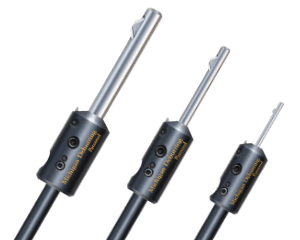Technology is increasingly becoming a factor in all sectors of manufacturing and fabrication. In the last decade, advancements in robotic controls and robotic systems have added to several industries, including in the welding industry.
Today, it is not uncommon for large fabrication and manufacturing services to use robotic welding. Unfortunately, there is a lot of misunderstanding and inaccurate information about these systems that may be limiting OEMs from considering this option, particularly for high volume orders.
It is Not More Expensive
Robot arms and systems can be used in robotic welding, similar to the use of CNC machines in machine shops. Once installed, the robotic system is a touchscreen type of control with most operations, and it does not require any special configuration or setup. Keep in mind, the higher volume and lower waste offered by these systems make them a top ROI for the machining service.
Once the specific pattern of movement of the robotic arm and system is in place, it is stored in the computer system. The next order for the parts just requires the push of a button to load the computer file, and the system is ready to operate.
Top Quality Control is Possible
Well-maintained and designed robotic welding systems provide exceptional quality control. In fact, the systems can be designed to send alerts if any component of the system is not operational or is not meeting specific parameters during operation.
It is essential for the operator and the engineer designing the system to understand the limitations of the welding system. Not all parts, particularly those that are highly complex, are a good match for this type of welding operation. However, this is no different from manual welding, as different types of welding and different welding techniques may be better suited to some types of jobs than others.








